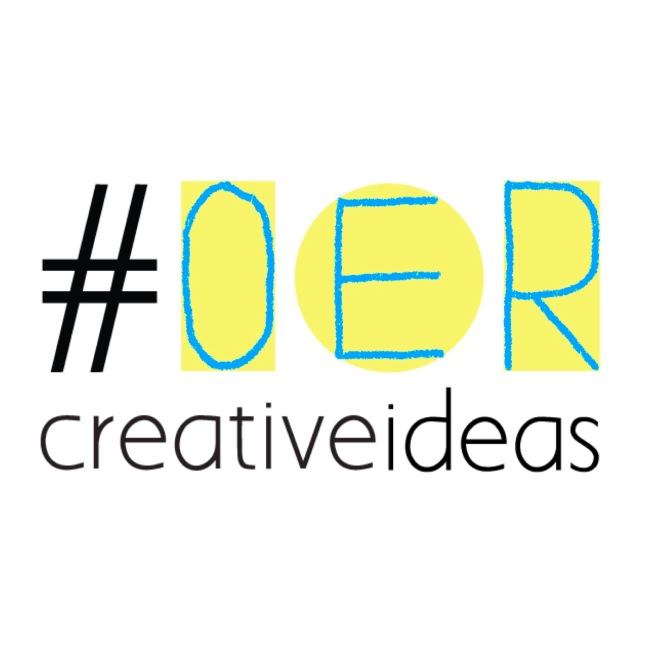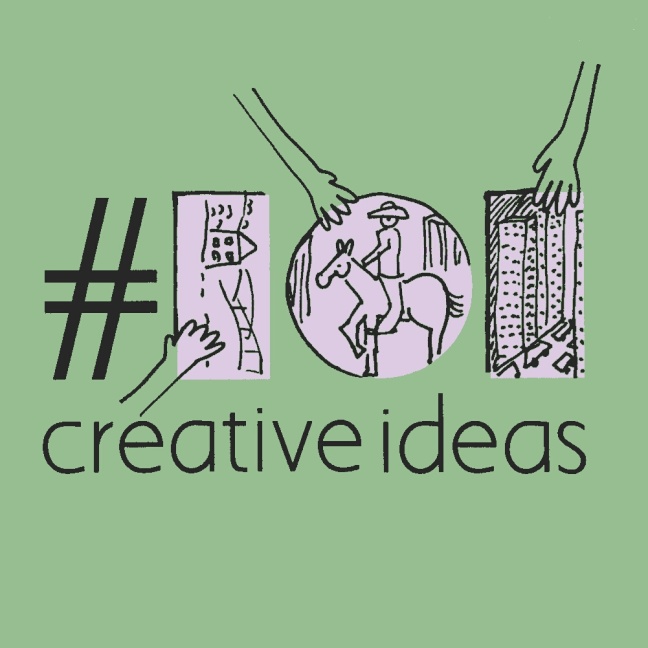Contributor: Teresa MacKinnon @warwicklanguage
Idea: Take a fresh look at the formative assignments you create for your students. How can the output, once you have delivered feedback, become an OER artefact which can be made available online as a resource to inspire others? eg. shared on a Padlet board or a ThingLink.
Practitioner comments: “Producing something for a wider audience brings a focus beyond just the task in hand and can lead to some serendipitous connections.”
Links:






